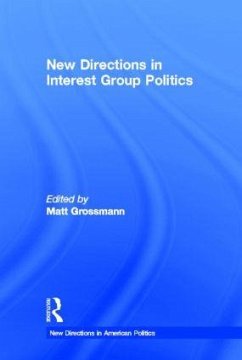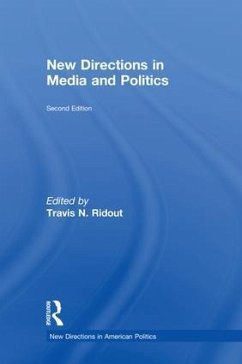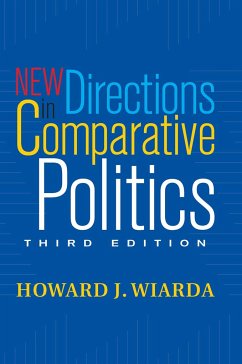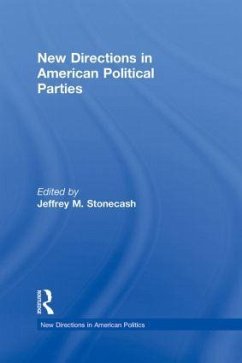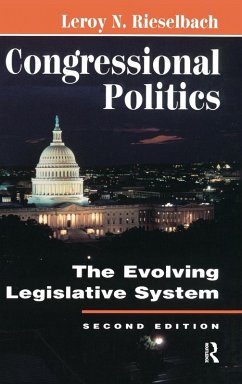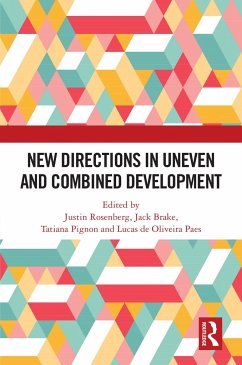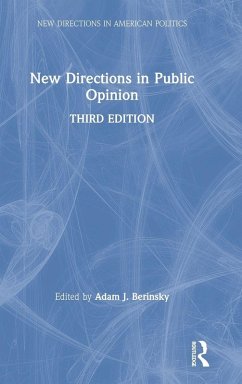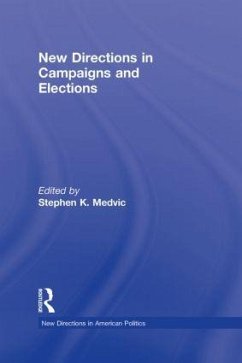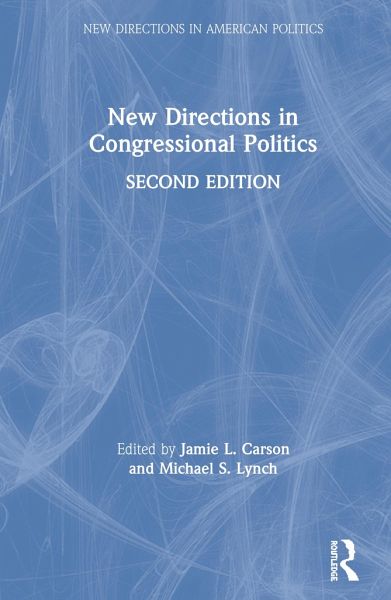
New Directions in Congressional Politics
Versandkostenfrei!
Versandfertig in 1-2 Wochen
168,99 €
inkl. MwSt.
Weitere Ausgaben:

PAYBACK Punkte
84 °P sammeln!
As the U.S. Congress has steadily evolved since the Founding of our nation, so too has our understanding of the institution. The second edition of New Directions in Congressional Politics offers an accessible overview of the current developments in our understanding of America's legislative branch. Jamie L. Carson and Michael S. Lynch help students bridge the gap between roles, rules, and outcomes by focusing on a variety of thematic issues: the importance of electoral considerations, legislators' strategic behavior to accomplish objectives, the unique challenges of Congress as a bicameral ins...
As the U.S. Congress has steadily evolved since the Founding of our nation, so too has our understanding of the institution. The second edition of New Directions in Congressional Politics offers an accessible overview of the current developments in our understanding of America's legislative branch. Jamie L. Carson and Michael S. Lynch help students bridge the gap between roles, rules, and outcomes by focusing on a variety of thematic issues: the importance of electoral considerations, legislators' strategic behavior to accomplish objectives, the unique challenges of Congress as a bicameral institution in a polarized environment, and the often-overlooked policy outputs of the institution. This book brings together leading scholars of Congress to provide a general overview of the entire field. Each chapter covers the cutting-edge developments on its respective topic. As the political institution responsible for enacting laws, the American public regularly looks to the U.S. Congress to address the important issues of the day. The contributors in this volume help explain why staying atop the research trends helps us better understand these issues in the ever-changing field of American politics. New to the Second Edition New and updated chapters highlighting party recruitment, redistricting, women in Congress, the nationalization of Congressional elections, and the reassertion of Congressional oversight. A first look at Congressional-executive relations in the Trump era. Updated data through the 2018 Midterm elections.





